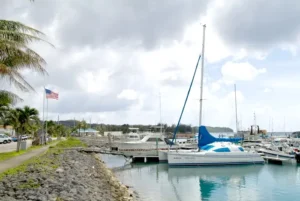
Hågat/Agat
The village of Hågat may have been named by the first clan who came to settle in the area from the northern part of Guam.

The village of Hågat may have been named by the first clan who came to settle in the area from the northern part of Guam.
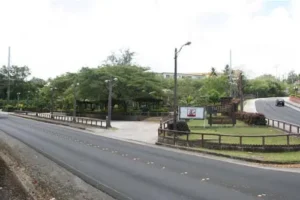
Agana Heights sits just above the capital city of Hagåtña and was a resettlement community for many residents of old Hagåtña after World War II

Prior to 1966 the Guam Symphonic Wind Ensemble provided Guam with the only live symphonic music performances available. This ensemble was under the direction of
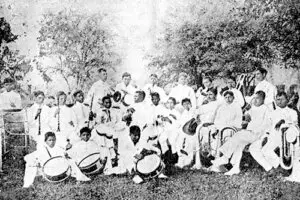
When Lt. Commander William Sewell served as the third American Governor of Guam beginning in 1903, he reacted poorly to the Spanish flavor of the

Congress chartered the Guam Chapter of the American Red Cross on 23 October 1916 with signatures of then President Woodrow Wilson, Secretary Charles L. Magee

The Jose P. Lujan 1911 house in Hagåtña is listed on both the Guam and National Registers of Historic Sites. With so few prewar homes

Fort Nuestra Señora de la Soledåd, or Fort Soledad, the last of four Spanish fortifications built in the village of Humåtak/Umatac, is located atop a
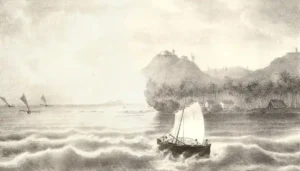
Fort Santo Angel was the second of four Spanish fortifications built in the southern village of Humåtak/Umatac in the midst of the galleon trade era.
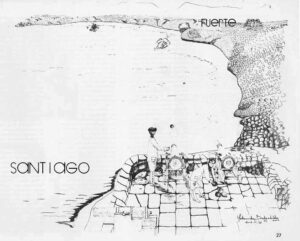
Fort Santiago was the second of three Spanish forts built to defend the anchorage at Apra Harbor. The fort was constructed at the tip of

Fort Santa Agueda, the only surviving Spanish fort in Hagåtña, sits atop Apugan Hill on the western coast of Guam. The fort, now commonly called